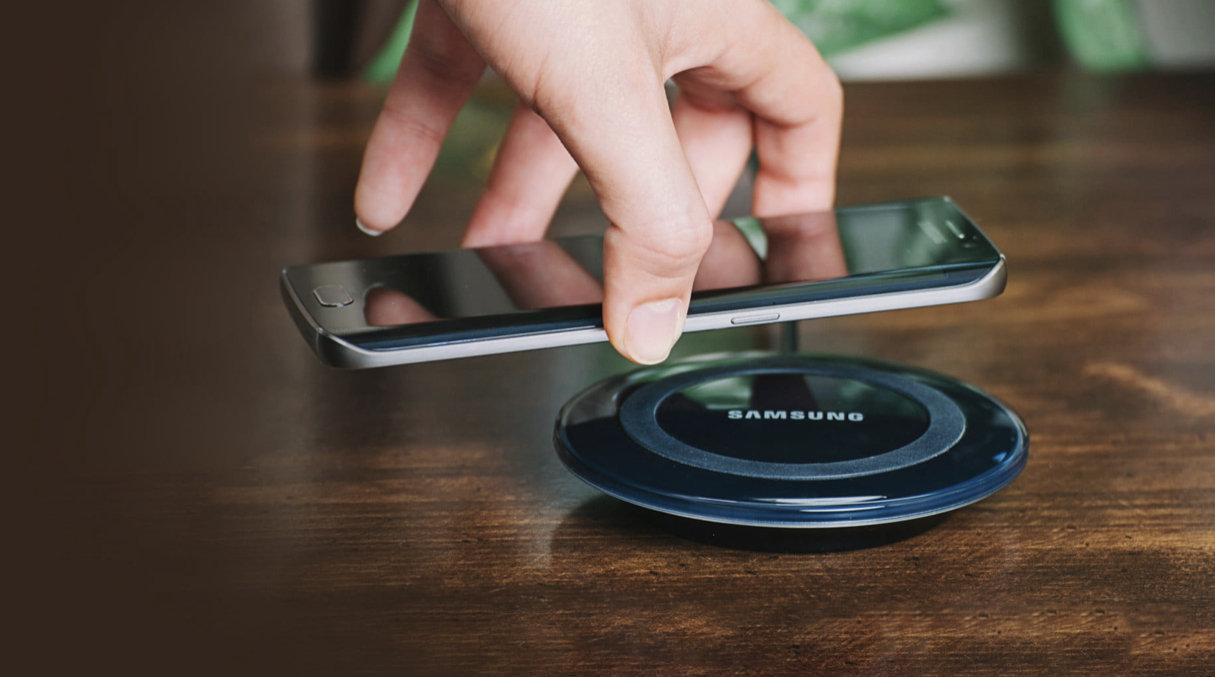Things You Should Know About Cellular Data (Søk Beste Mobilabonnement)
We live in a world that is dependent on the Internet and options. Therefore, using it at home requires a specific DSL or optic connection. However, when outside, we can either pick up the Wi-Fi connection or use cellular data to maintain connection wherever we are.
For instance, if you enjoy traveling, your cruiser or RV requires plenty of data to ensure you are connected throughout the process. You should get a home Internet replacement especially if you work from home, which will help you stay in contact with others and stream relevant content for entertainment.
As a result, you will need to find a data plan that can offer you hundreds of gigabytes per month, which will allow you to broadcast, enjoy video conferences, stream, gaming, download large files, and be online without a cable connection. You should know that carriers will offer you mobile plans that will allow you to use it temporarily while traveling.
In most cases, the plans are not here to replace the home internet as you wanted. Therefore, you should know that numerous providers advertise unlimited data plans, but generally, these options still use specific restrictions and caveats to limit customers from using cellular data as office or home internet.
You should check here to learn more about unlimited data plans. When it comes to 5G networks, they have matured, meaning you can enjoy significant speed and better stability than 4G LITE options. Still, you can find options where you can obtain a lot of mobile data, which will help you ensure the best course of action.
Mobile Data Limitations

Numerous plans come with hidden characteristics, and it is vital to understand everything you wish to consider ensuring everything meets your requirements and needs. Although the providers are advertising a specific plan as unlimited, you should know that in some situations, it is completely different.
However, cellular carriers have redefined the term, which means you will not get the additional or overage charges. Therefore, unlimited is more of a marketing term than reality. We can differentiate a few restrictions that carriers use such as network management, throttling, and tethering, which are common when choosing unlimited data plans.

You should remember that throttling is the moment when a data plan gets terms that will limit the speed when you reach a certain threshold. In some situations, you may get an unlimited amount at low speed, or the reduced rate will start after you use a specific amount of data for a certain activity or function.
It is vital to remember that you should check to determine if the plan comes with this limitation, which will feature a speed cap. Some plans will transparently state that after using a hundred gigabytes or more, your speed will drop to five megabits per second. However, other options will require a thorough reading of the terms before signing a contract.
The most common throttling examples include:

You should remember that some plans will state how much premium or high-priority data you will get before experiencing slower speed. At the same time, you can choose prepaid plans, which come with a lower priority than high-end options, meaning you should think about each step before making up your mind.
Remember that providers will take advantage of network management policies with the idea of prioritizing data on the networks, especially when the cell tower reaches a high activity congestion. You should remember when the tower reaches congestion, everyone suffers from slower speeds.
Therefore, when you get a plan with low priority, it means you will not get a set speed, but it will depend on the tower congestion. The moment when the high activity falls, the speed will resume at the highest levels.
When the tower reaches significant congestion issues, the network management will reduce or slow down your data until it reduces the activity. You should think of it as a carpool option. When you drive at light or normal traffic, you can reach the desired speed and get to a place faster.
However, when the rush hour arrives, you can qualify for using the carpool lane, which is advantageous because you can avoid significant traffic. However, in some situations, the congestion is so high that even the carpool lane is slower than others.
When taking advantage of low low-priority data plan, you will lose a chance to use a carpool lane during rush hour, meaning you must wait for slow lanes to clear so you can drive faster.

You should remember that a mobile hotspot is a perfect feature that will allow you to use a tablet or mobile device as an internet source or router for surrounding devices. Therefore, laptops, streaming devices, and other gadgets can enter your shared network and use the internet from your data pool.
You can choose unlimited smartphone plans meaning you can enjoy a hotspot for sending signals to a laptop you use at home for instance. Still, providers consider that you already have optic, DSL, or cable Internet at home, meaning the hotspot becomes a limited feature.
Generally, providers do not want customers to use mobile plans to replace other home connections, which is something digital nomads require. Therefore, you can find a plan with a more expensive price tag or mobil abonnementpris, which will allow you to ensure the best course of action.
Taking advantage of a personal mobile hotspot means you can use your tablet or mobile’s cellular connection to provide internet connection to other devices by creating a Wireless network they can connect to.
Tethering is a similar activity, but instead of using a wireless network, you should use a USB cable to directly connect your phone to your laptop, for instance, to ensure it gets the relevant data it requires.
Both Wi-Fi Hotspots and USB Tethering are the same for providers when it comes to categorized data usage. Generally, we are talking about a perfect feature, but most tablets and smartphones have unlimited data limits on the amount you can use through it at high speed.
It means when you reach the high-speed threshold, the tethering will slow down significantly to almost unusable speed. In some cases, it will turn off. Remember that some tablet and smartphone plans do not include significant tethering usage and hotspot capabilities.
You probably know that video streaming is the most data-intensive option you can choose, especially when it comes to using cellular data for the process. The carriers wish to take advantage and set a cap when it comes to handling these resources. It means when you stream 4K video for an hour, you will spend 7GB. That is a lot.
Except in situations when you pay for high-end unlimited plans, you should know that numerous options will restrict video resolution changes, which will help you save data and reduce network strain. Generally, restrictions can be set to 720p, which will help your provider ensure the relevant amount of bandwidth throughout the process.
Of course, everything depends on the network you wish to use, meaning it is different when using 5G Nationwide or ultrawideband because each one comes with specific throttling speeds.
Nowadays, most providers will not consider video conferencing through different apps such as Zoom as a restriction. Still, the quality of the conferencing experience depends on the network management or congestion. That way, you may not be able to connect during the periods when the network is constantly used.
Conclusion
You should remember that some data plans are specific to the devices you use. It means that plans are different when getting them for tablets, smartphones, or other devices. Therefore, you may not be able to interchange different plans. If you have unlimited data for a mobile device, you cannot use it for a tablet.
You should know that most plans are intended for specific device types. Besides, you can choose specific plans such as connected car data, which will offer you unlimited vehicle hotspots the moment you start driving. Some plans will work only on a single phone, meaning when you place the SIM on another device, you will not get the chance to use it.









